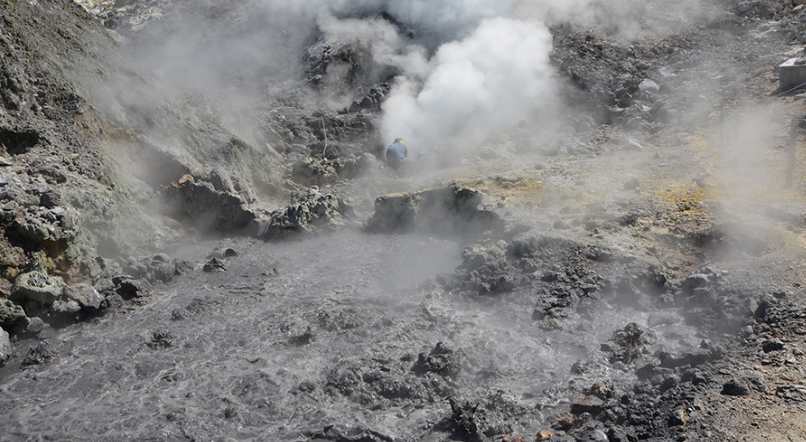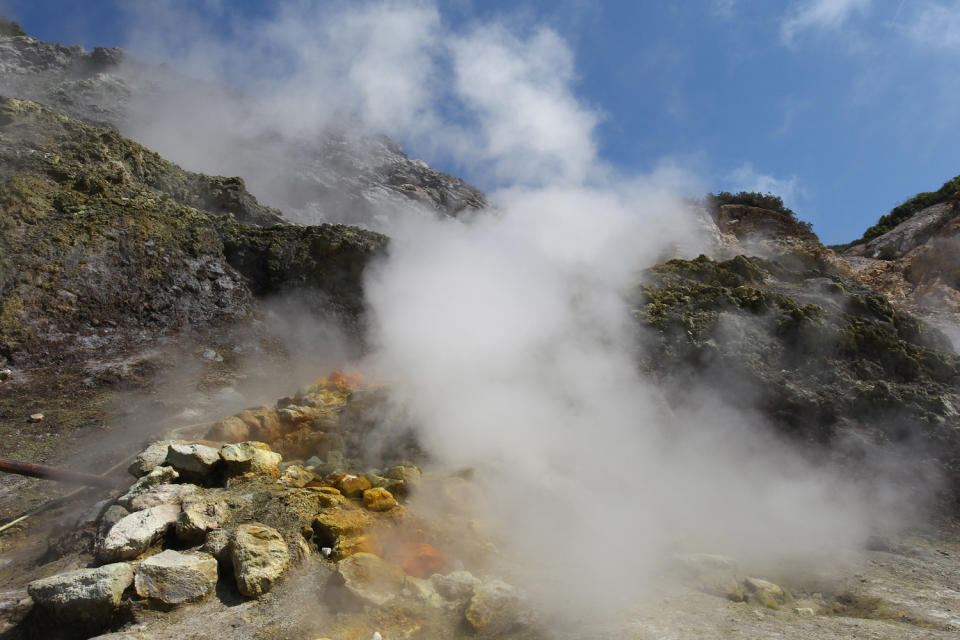‘Sleeping’ supervolcano near Naples is ‘becoming more dangerous’, researchers warn

A ‘sleeping’ supervolcano near the city of Naples in Italy is ‘becoming more dangerous’ researchers have said – and have pinpointed where hot magma is coming from.
Researchers used seismological techniques to pinpoint the magma – which may help work out the risk of future eruptions.
The volcano last erupted in 1538 – and 500,000 people now live inside or near the volcano’s caldera.
MOST POPULAR ARTICLES ON YAHOO UK
Student who climbed Snowdon in his pants for charity gets hypothermia
Police reveal miraculous escape of driver who wrapped his car around lamppost
Farmer fined £100,000 for chopping down 200 trees in protest against energy firm
Stanislav Petrov, the man who prevented World War Three, dies aged 77
German submarine from World War One containing 23 bodies found off Belgian coast
Dr Luca De Siena at the University of Aberdeen said, ‘One question that has puzzled scientists is where magma is located beneath the caldera, and our study provides the first evidence of a hot zone under the city of Pozzuoli that extends into the sea at a depth of 4 km.

‘While this is the most probable location of a small batch of magma, it could also be the heated fluid-filled top of a wider magma chamber, located even deeper.’
The researchers believe that magma was prevented from rising to the surface in the 80s – but now has moved elsewhere.
Dr De Siena said, ‘Whatever produced the activity under Pozzuoli in the 1980s has migrated somewhere else, so the danger doesn’t just lie in the same spot, it could now be much nearer to Naples which is more densely populated.
‘What this means in terms of the scale of any future eruption we cannot say, but there is no doubt that the volcano is becoming more dangerous.
The Campi Flegrei caldera was formed 39,000 years ago – in the largest eruption in Europe in the past 200,000 years.
Since 2005, the volcano has been undergoing what scientists describe as ‘uplift’ – and Italian authorities raised the alert level to yellow in 2012.

 Yahoo News
Yahoo News 

